Trainees no longer need to “practice” on patients
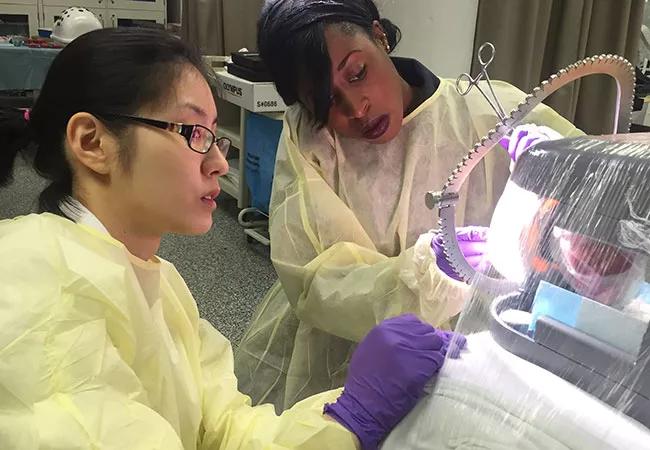
By Rosanne M. Kho, MD
Cleveland Clinic is a non-profit academic medical center. Advertising on our site helps support our mission. We do not endorse non-Cleveland Clinic products or services. Policy
Maria has had large fibroids for many years and now has secondary anemia from menorrhagia. After failing multiple medical therapies, she has decided to pursue hysterectomy. She requests her surgery be done before July, when new medical students and residents will be starting. Clearly concerned, she emphasized, “I don’t want them practicing on me.”
Medical students and residents are traditionally expected to perform procedures after having only observed a few. The adage coined by William Halstead close to 100 years ago, “See one, do one, teach one,” described the medical and surgical training of the time that continues in many academic institutions today. The expectation that young trainees be able to perform and teach after very little exposure (only one) has, not surprisingly, created a fearful learning environment and distrustful patient-doctor relationship.
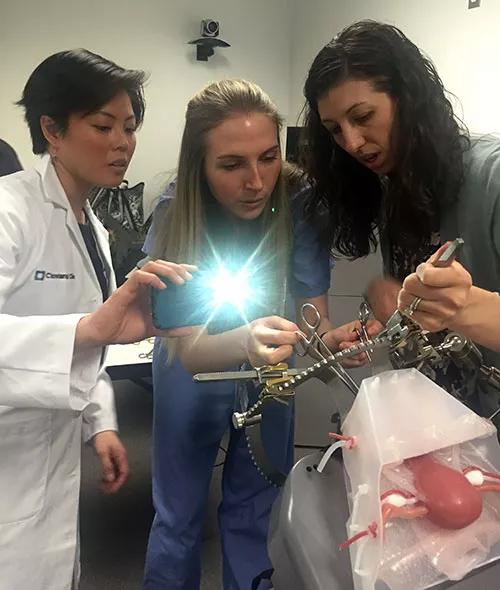
In the field of gynecology, a large number of surgical procedures have been introduced in the last three decades as our focus has shifted from open to endoscopic (including robotic-assisted) and minimally invasive surgeries (MIS). The introduction of high-tech procedures mandated more effective teaching methods. In the current climate, “learning by doing (on the patient)” has become less acceptable. As surgical educators, we need to seek alternative methods of teaching surgical principles and provide procedural experience outside the clinical setting.
Here at Cleveland Clinic, we are extremely fortunate to have a multitude of teaching resources and a bright, talented group of ob/gyn residents. For MIS training, we developed a comprehensive series of teaching modules that cover hysteroscopic, vaginal, laparoscopic and robotic approaches. The modules focus not just on the flow and technique of specific procedures (such as vaginal hysterectomy and laparoscopic suturing), but also on mastery of female pelvic anatomy, understanding of surgical principles to avoid complications (such as the use of energy in MIS and achieving hemostasis) and set-up of equipment (such as varied endoscopic systems, including robotic). We utilize specific teaching tools that include web-based curricula and hands-on workshops held in our spacious and well-equipped simulation center. With educational support from various vendors, we provide access to high-fidelity pelvic and uterine models, equipment and devices that are brought into the dry and wet labs to teach fundamental surgical knowledge and provide procedural experience. We intend to conduct the modules on a bi-yearly rotation to ensure that all residents are exposed to all topics.
When invasive and high-risk surgical procedures are involved, we move away from “See one, do one, teach one.” Breaking the tradition is facilitated in a setting like ours where all necessary ingredients are available: a dedicated and responsive educational staff, eager and receptive trainees and leading-edge physical and technological resources. Our trainees no longer need to “practice” on our patients. By providing our residents with ample and effective introductory exposure and teaching outside the operating room and clinical setting, we hope to nurture their confidence and competence in performing gynecologic surgery.
Dr. Kho is Director of Benign Gynecologic Surgery in the Ob/Gyn & Women’s Health Institute. She can be contacted at 216.444.6337 or khor@ccf.org.
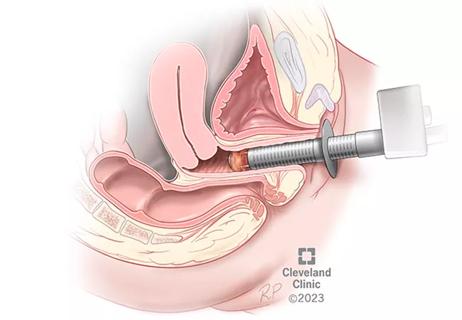
Treatment being offered in cases where medical and hormonal management was not successful
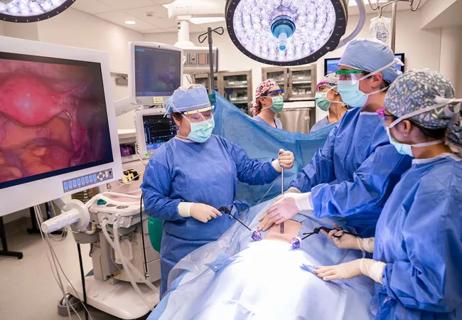
Standardizing obstetrics and gynecology education while promoting patient safety
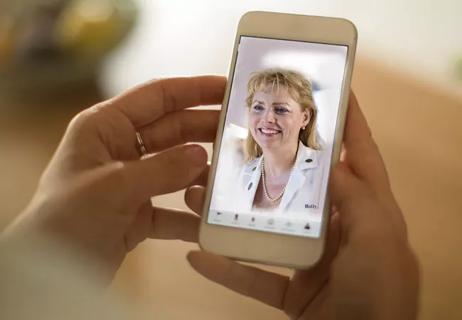
High physician/patient convenience and satisfaction cited
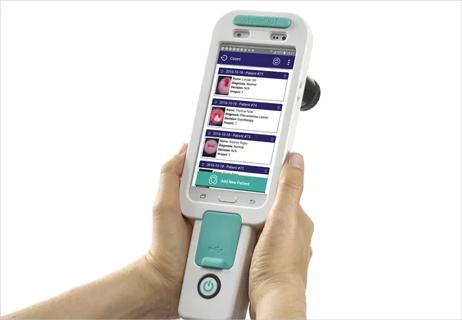
Automated visual evaluation of the cervix
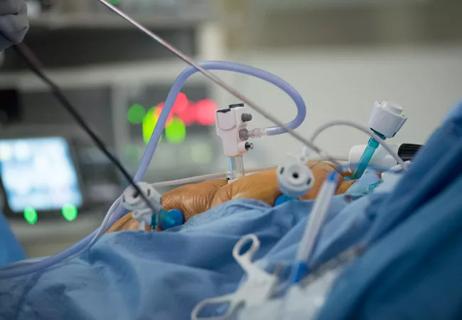
Don’t miss this educational opportunity
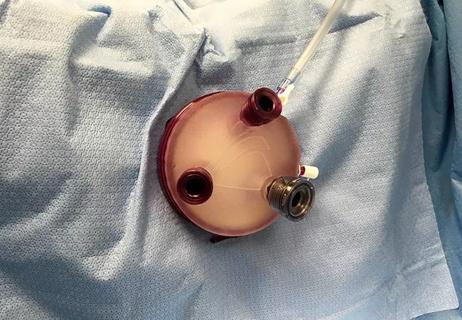
The next evolution in MIS is coming sooner than you think
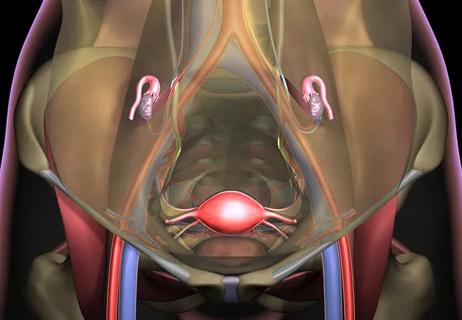
Limit radiation damage to ovaries without removing them
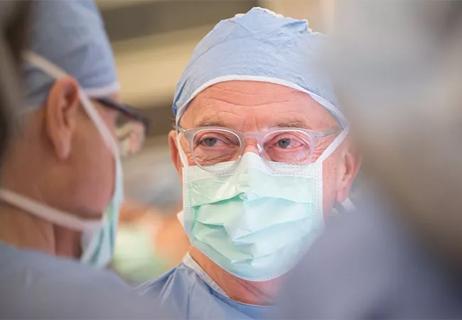
Dr. Andreas Tzakis on the patient’s condition, the surgery and the road ahead